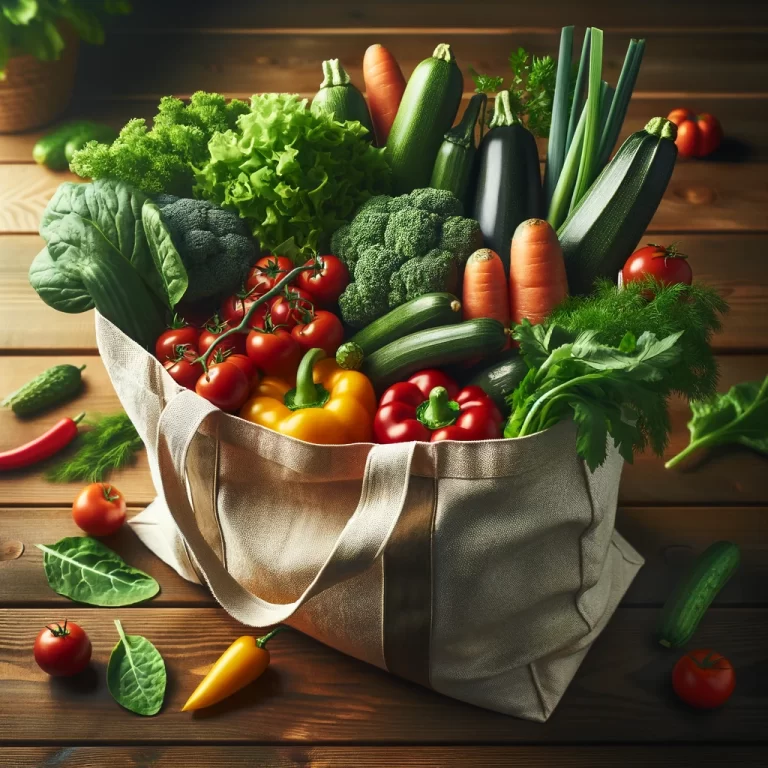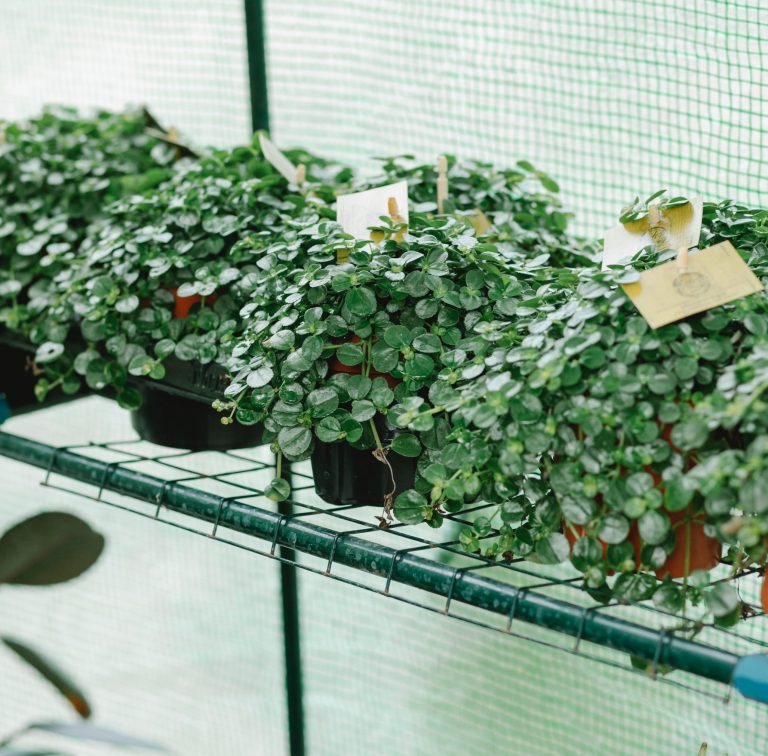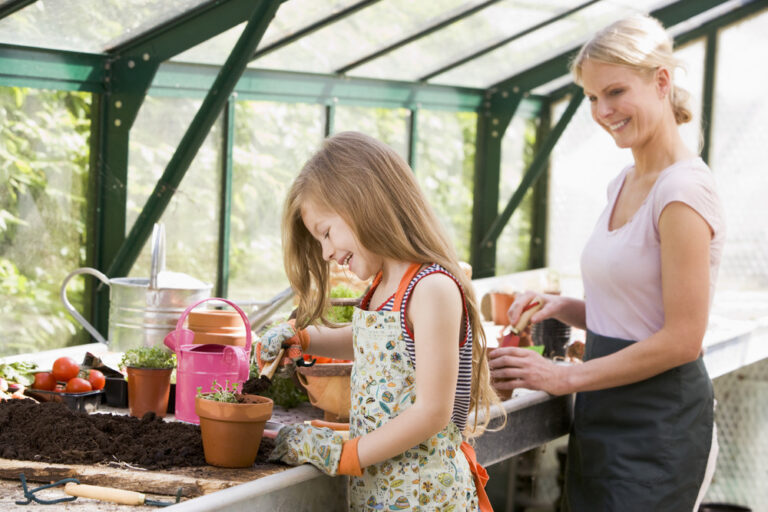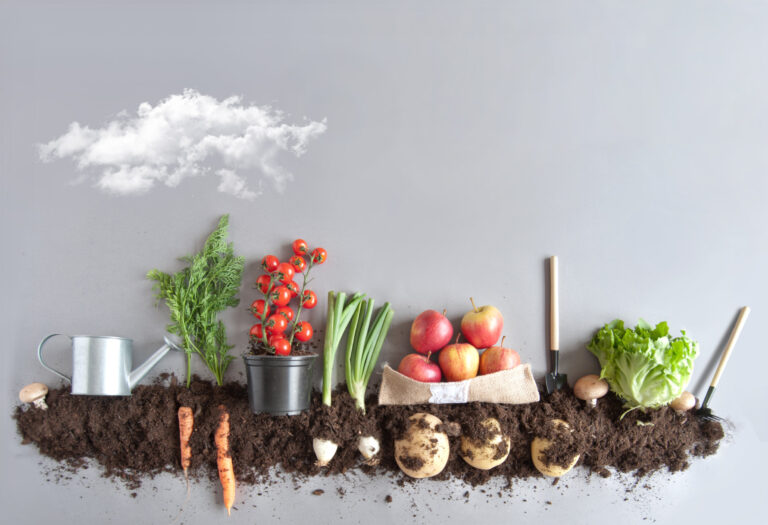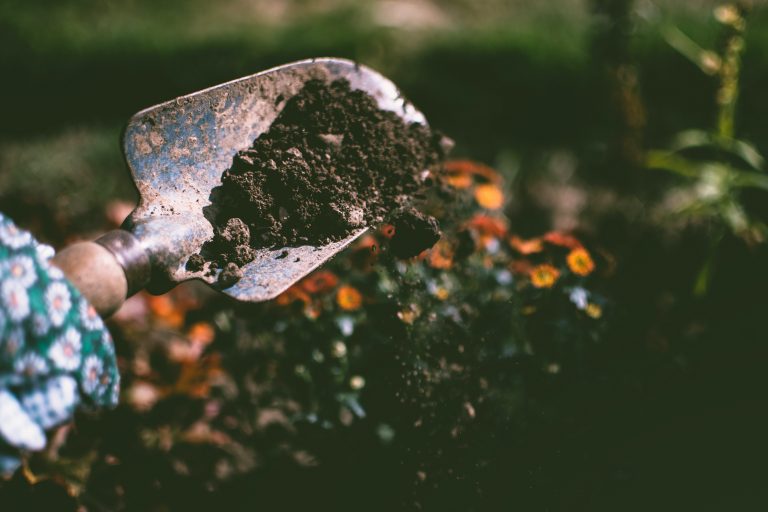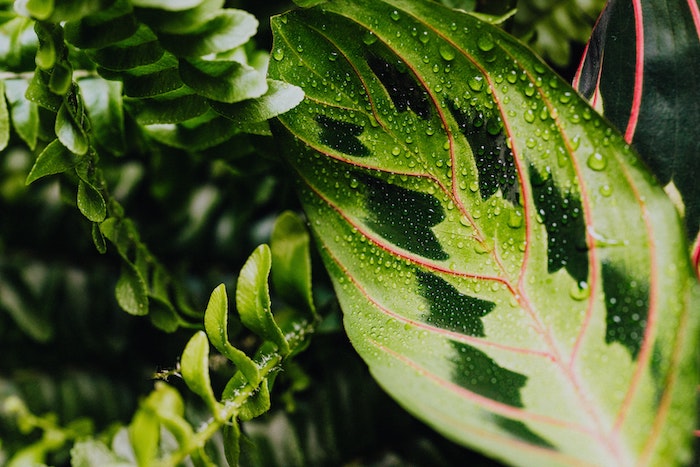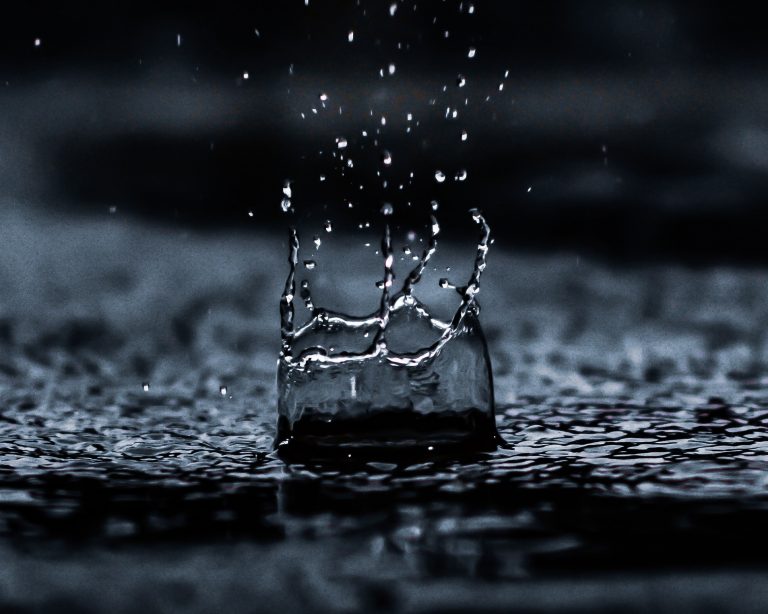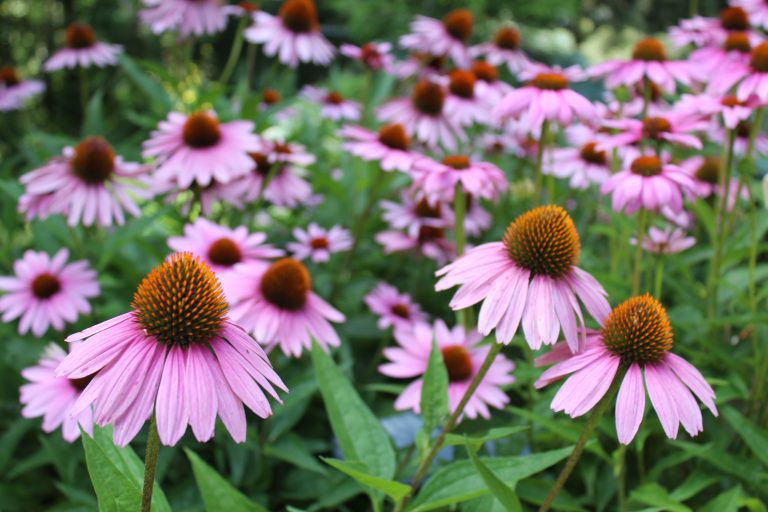In the quest for financial freedom, many overlook the power that lies in their own backyards—or even on their windowsills. As grocery bills continue to climb, partly due to global supply chain issues and inflation, savvy individuals are turning to home gardening, not just as a hobby but as a strategic move towards greater economic…
saving money
Buying Seedlings: Getting Your Money’s Worth
I am exhausted to the bone. Normally, at this time of year, I get excited about seed starting. I take stock of my seed supplies, order seeds I’m missing, and start planning out my garden. This year, I’ve yet to do any of that. I’m too overwhelmed and tired, so I’ve decided to forego…
Surprising Benefits of Growing Your Own Food
There’s no doubt about the benefits of starting a garden. It’s a hobby that can help you improve many areas of your life. Here are some little-known benefits of growing your own food that could inspire you to start doing so if you haven’t already. Gardening Counts as Exercise Many people know that exercising on…
7 Financial Benefits of Backyard Gardening
You probably started gardening as a hobby. However, you might have always wondered if you could use gardening to save money. You certainly can. In fact, you can actually garden to make money if you’re savvy about it. The financial benefits of backyard gardening go beyond just saving at the grocery store, too! Here are…
5 Things To Consider When Recycling Soil
It’s the end of the growing season, and you’ve tossed your spent container tomato plants in the compost. Can you reuse the soil next year? Here’s a soil recycling checklist to go through before repotting plants in old soil or using last year’s soil leftovers in the spring. Pitfalls of Recycling Soil Reusing soil…
Are You Ready to Buy a Home?
For most people, buying a home is the biggest expense of their lifetime. On top of that, a home also comes with many additional fees, some unexpected. If you’re considering buying a home within the next year, make sure you know everything involved with homeownership. Listed below are a few things to consider. Varying Interest…
5 Houseplants That Won’t Waste Your Money
Ever since the pandemic began, I slowly started buying houseplants. I’d scour my favorite online nurseries and pounce when they had a sale or coupon code up for grabs. Of course, I already had some plants before the COVID situation, but adding more made my home feel cozier, livelier. When buying plants, I always…
Harvesting Rainwater for the Frugal Gardener
Gardening requires quite a bit of water. For many gardeners that means an increase in their water bill during the hot summer months. Statistics show that lawn and garden watering make up at least 40% of our total household water use. Frugal gardeners, however, can take advantage of rainwater by bringing back an age-old,…
Free Funeral Home Plants
Before you discount the idea of free funeral plants, bear with me on this one. Getting free plants from a funeral home is possible. However, you may have to step out of your comfort zone for this trick. Even those of you who consider yourselves outgoing might feel a bit odd about using a…
10 Ways to Get Free Plants
Get free plants and save money on your favorite pastime. While gardening is one of the largest hobbies in the US, how expensive a hobby depends a lot on how you approach it. It can be quite an expensive hobby when you purchase everything retail. However, it can also be an extremely frugal hobby for…
